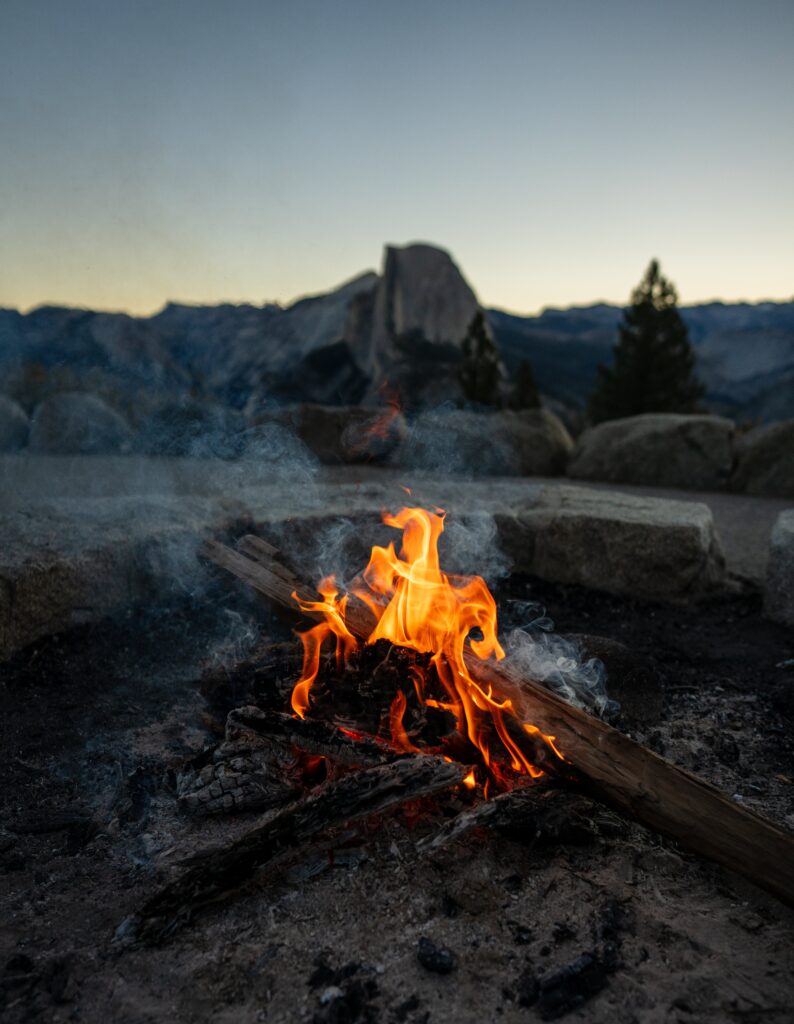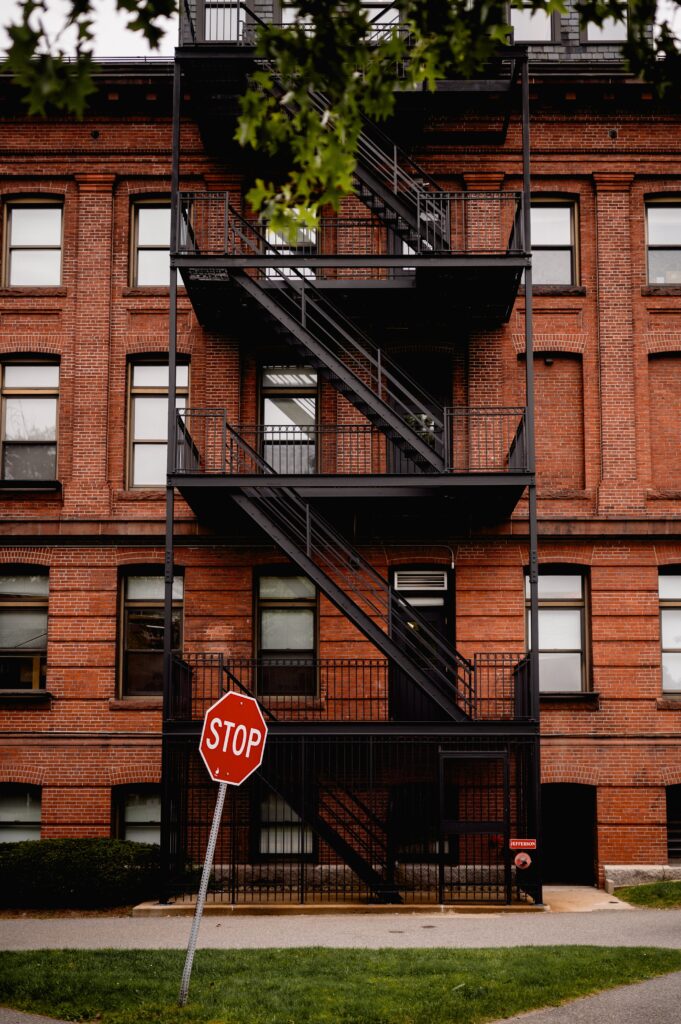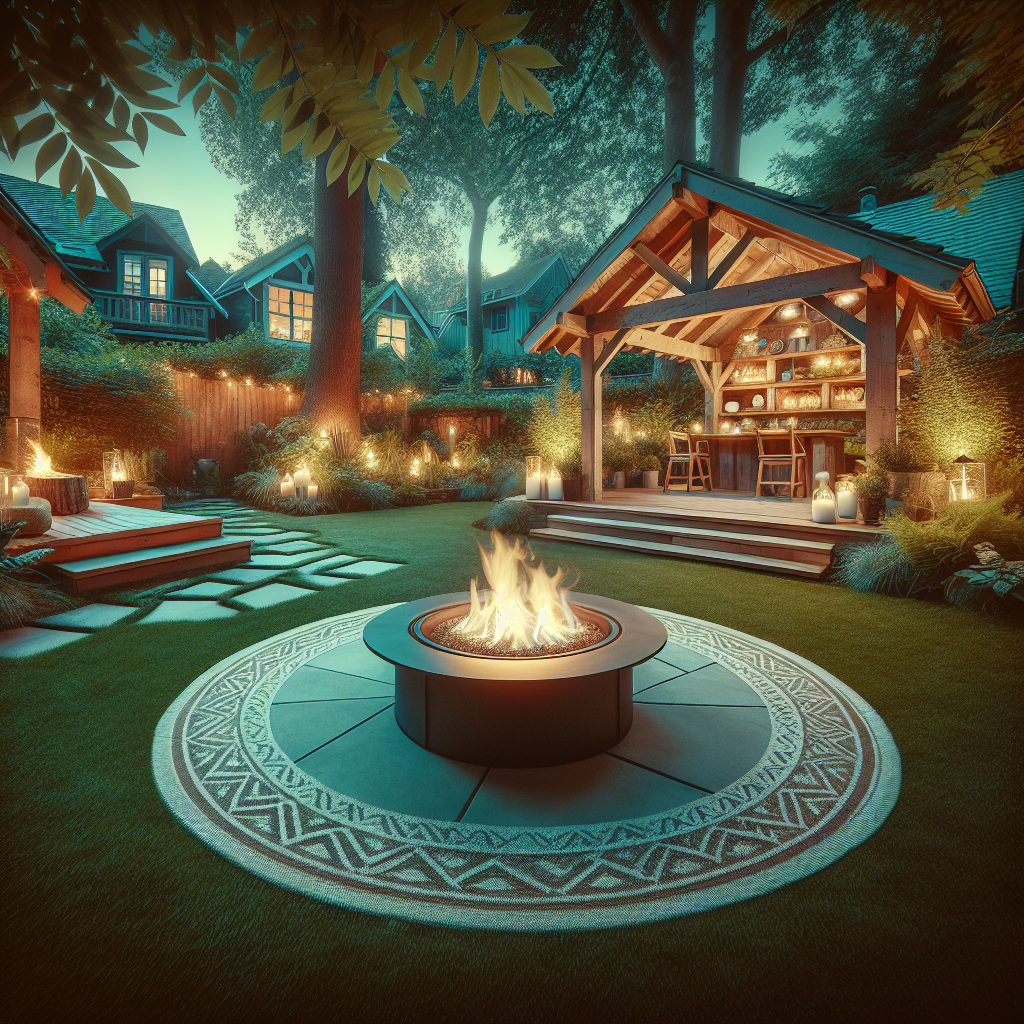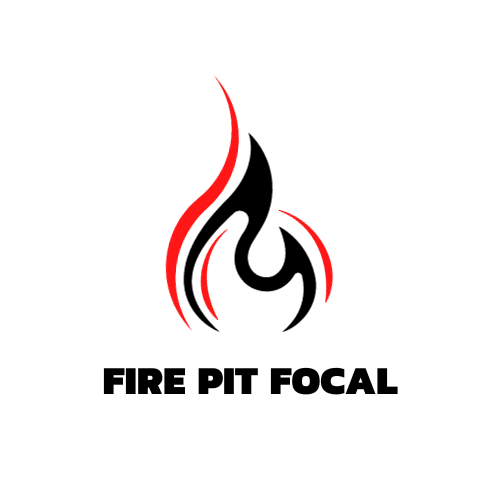If you’re thinking of adding a cozy fire pit to your backyard and transforming it into the ultimate gathering spot for family and friends, you may be wondering if there are any regulations or permits necessary for this exciting addition. Building a fire pit can be a fantastic way to enhance your outdoor space, but it’s crucial to ensure that you comply with any local regulations or requirements. Before you start gathering the marshmallows and firewood, let’s take a closer look at what you need to know about regulations and permits for installing a fire pit in your area.
Building Codes and Permits
Understanding your local building codes
When considering installing a fire pit in your area, it is crucial to understand and comply with the local building codes. Building codes vary from jurisdiction to jurisdiction, so it’s essential to research and familiarize yourself with the specific regulations in your area. These codes ensure that fire pits are installed safely and properly, reducing the risk of accidents or property damage.
Permit requirements for fire pit installation
In addition to understanding the building codes, you may also need to obtain a permit for installing a fire pit. Permits are typically required to ensure that the fire pit meets safety standards and that the installation complies with local regulations. Contact your local fire department or building department to inquire about the necessary permits and the process for obtaining them.
Safety Considerations
Distance from structures and property lines
One of the primary safety considerations when installing a fire pit is its distance from structures and property lines. The appropriate distance can vary depending on local regulations, but generally, fire pits should be a certain distance away from buildings, fences, and other structures to minimize the risk of fire spreading. It’s important to consult local codes to determine the specific clearance requirements before installing your fire pit.
Choosing a safe location for the fire pit
Selecting the right location for your fire pit is crucial for safety. Look for an area that is away from overhanging tree branches, power lines, or any other potential fire hazards. Additionally, consider the terrain and wind patterns to ensure that the fire pit is not located where flames or smoke may pose a risk to your property or neighboring properties.
Fire containment and spark arrestor requirements
Fire containment is a critical safety aspect of a fire pit. Many local regulations require fire pits to have a designated containment system, such as a fire-resistant bowl or ring, to prevent the fire from spreading. Additionally, some areas may also require the use of spark arrestors to minimize the risk of embers or sparks causing unintended fires. Familiarize yourself with the specific fire containment and spark arrestor requirements in your area to ensure compliance and safety.

Fuel Type and Restrictions
Allowed fuel types
Different areas may have restrictions or recommendations regarding the type of fuel you can use in your fire pit. Commonly allowed fuel types include natural gas, propane, and wood. However, it is essential to consult local regulations to determine which fuels are permitted and if any specific guidelines or restrictions apply.
Prohibited fuels and materials
While certain fuels may be allowed, it’s equally important to be aware of any prohibited fuels or materials. Some areas may prohibit the use of certain types of wood, such as treated or painted wood, due to the release of toxic fumes. Additionally, regulations may restrict the use of flammable liquids or other materials that pose a safety hazard. Ensure you are familiar with the prohibited fuels and materials in your area to prevent any accidents or violations.
Size and Design Regulations
Minimum and maximum size limitations
Local regulations often specify minimum and maximum size limitations for fire pits. These size regulations are in place to ensure that the fire pit is not too small to safely contain the fire or too large to pose a risk of spreading flames. It’s important to measure and design your fire pit within the allowable size limits set by your local jurisdiction.
Design and construction requirements
The design and construction of a fire pit are crucial to its safety and compliance with regulations. Depending on your area, there may be specific requirements for the materials, construction methods, and overall design of the fire pit. For example, some regulations may mandate the use of fire-resistant materials or the inclusion of a safety ledge around the pit. Research and adhere to the design and construction requirements outlined by your local jurisdiction to ensure a safe and compliant fire pit.
Clearances and setbacks
Clearances and setbacks refer to the required distances between the fire pit and surrounding objects or structures. These requirements aim to prevent the fire from endangering nearby buildings or vegetation. For instance, regulations may specify the distance between the fire pit and your home, decks, trees, or fences. Understanding and maintaining the necessary clearances and setbacks is crucial to prevent potential accidents and ensure compliance with local regulations.

Local Authorities and Regulations
Contacting the local fire department
When planning to install a fire pit, it’s always a good idea to contact your local fire department. They can provide valuable information regarding the regulations specific to your area. They can inform you about any recent changes in regulations, the necessary permits, and answer any questions you may have regarding safety guidelines or environmental considerations. Building a positive relationship with your local fire department ensures you have accurate and up-to-date information on fire pit installation in your area.
Checking with the homeowner’s association
If you live in a community with a homeowner’s association (HOA), it’s important to check with them regarding any specific regulations or restrictions they may have for installing a fire pit. HOAs often have their own set of rules and guidelines to maintain a cohesive and safe living environment. Familiarize yourself with the HOA’s regulations to ensure compliance and to prevent any potential conflicts or violations.
Consulting municipality regulations
In addition to contacting the fire department and checking with your homeowner’s association, it is essential to consult your municipality’s specific regulations. Municipalities may have additional guidelines or restrictions for fire pit installations, considering factors such as population density, environmental concerns, or noise regulations. By consulting the municipality regulations, you can ensure that your fire pit installation aligns with all applicable local rules and regulations.
Professional Installation and Inspections
Benefits of professional installation
While it is possible to install a fire pit yourself, there are significant benefits to considering professional installation. Professional installers are knowledgeable about local regulations and can ensure that your fire pit meets all safety and compliance requirements. They can provide expert guidance in choosing a safe location, selecting the right materials, and constructing the fire pit correctly. Choosing professional installation can give you peace of mind, knowing that your fire pit is safe and properly installed.
Obtaining necessary inspections
After the fire pit is installed, it is important to have it inspected by a qualified professional or the relevant authority to ensure compliance with regulations. Inspections help identify any potential safety hazards or code violations, allowing you to address them promptly. By obtaining the necessary inspections, you can demonstrate that your fire pit meets all requirements and ensure the safety of yourself, your property, and your neighbors.

Environmental Considerations
Burning restrictions and air quality regulations
In addition to safety concerns, it is crucial to be aware of any burning restrictions and air quality regulations in your area. Some jurisdictions may impose burn bans during certain periods or restrict burning altogether due to environmental concerns or poor air quality. By staying informed about burning restrictions and air quality regulations, you can responsibly enjoy your fire pit while minimizing the impact on the environment and promoting clean air.
Preventing environmental damage
To prevent environmental damage, it’s important to take necessary precautions. Avoid burning materials that release toxic smoke, such as treated wood or trash. Dispose of ashes properly, ensuring they are cool before disposing of them in a designated ash bin or area. By staying mindful of potential environmental impacts and taking responsible actions, you can safeguard the environment while enjoying your fire pit.
Proper ash disposal
Proper ash disposal is essential to prevent accidental fires and minimize environmental damage. After each use, allow the ashes to cool completely before disposing of them in a fireproof container. Avoid placing hot ashes in plastic bags or near combustible materials. Properly disposing of ashes reduces the risk of fires caused by smoldering embers and promotes a safe and clean environment.
Insurance Requirements
Reviewing homeowner’s insurance policy
Before installing a fire pit, it’s recommended to review your homeowner’s insurance policy. Some insurance companies may have specific coverage requirements or exclusions for fire pits. It’s essential to ensure that your fire pit does not jeopardize your coverage and that you have adequate protection in the event of any accidents or damages. If necessary, contact your insurance provider to discuss any modifications or additional coverage options.
Additional coverage for fire pits
Depending on your insurance policy, it may be beneficial to consider additional coverage specifically for fire pits. This additional coverage can provide an extra layer of protection beyond what is typically offered in a standard homeowner’s insurance policy. By investing in specific fire pit coverage, you can have peace of mind knowing that you are adequately protected against any unforeseen incidents or liabilities related to your fire pit.

Local Noise Regulations
Noise restrictions during use
Apart from safety and environmental considerations, it’s important to be aware of any local noise regulations that may impact your fire pit usage. Some areas have specific noise restrictions, especially during nighttime hours. Be considerate of your neighbors and avoid creating excessive noise that may violate local regulations or disturb those around you. Respect quiet hours and ensure that your fire pit activities do not cause a nuisance to others.
Quiet hours and neighbors’ concerns
To maintain harmonious relationships with your neighbors, it is crucial to be mindful of their concerns regarding your fire pit. Respect quiet hours, especially during evenings or weekends when neighbors may expect a peaceful environment. Openly communicate with your neighbors about your fire pit installation and address any concerns they may have. By being considerate and responsive to their needs, you can foster a positive neighborhood environment and enjoy your fire pit responsibly.
Maintenance and Responsible Use
Regular maintenance tasks
Like any other outdoor feature, fire pits require regular maintenance to ensure their longevity and safety. Some essential maintenance tasks include cleaning the fire pit regularly, removing debris, and checking for any signs of damage or wear. It’s important to follow manufacturer instructions and conduct routine inspections to identify and address any maintenance needs promptly. By consistently maintaining your fire pit, you can extend its lifespan and enhance its safety.
Adhering to fire safety guidelines
To ensure responsible use of your fire pit, it’s crucial to adhere to fire safety guidelines. This includes never leaving the fire pit unattended, keeping a fire extinguisher or water source nearby, and avoiding overcrowding the fire pit. Follow guidelines for the safe handling of fuels and lighting methods. Educate yourself and anyone using the fire pit about fire safety practices to prevent accidents and mitigate potential risks.
Monitoring and extinguishing fires
When using your fire pit, it’s essential to continuously monitor the fire and be prepared to extinguish it promptly if necessary. Always have a fire extinguisher, a bucket of sand, or a water source readily available to quickly and effectively extinguish the flames. It’s crucial to ensure that the fire is completely out before leaving the area or going to bed. Responsible monitoring and extinguishing of fires significantly reduce the risk of accidents and property damage.
In conclusion, installing a fire pit in your area requires careful consideration of building codes, permits, safety considerations, fuel types, size and design regulations, and adherence to local authorities’ regulations. Professional installation, inspections, and regular maintenance are crucial for safety and compliance. Additionally, understanding and complying with environmental, insurance, noise, and responsible use requirements contribute to a positive experience with your fire pit while fostering a harmonious relationship with your neighbors. By following these comprehensive guidelines, you can create a safe, enjoyable, and responsible fire pit environment in your area.



